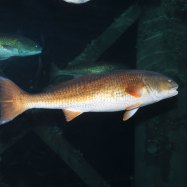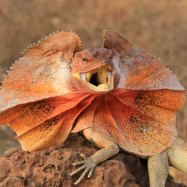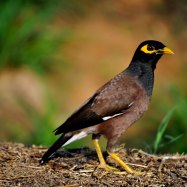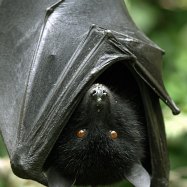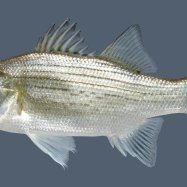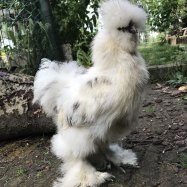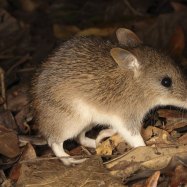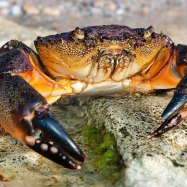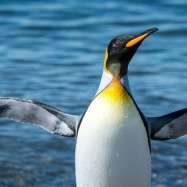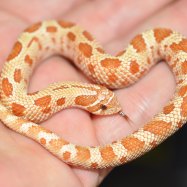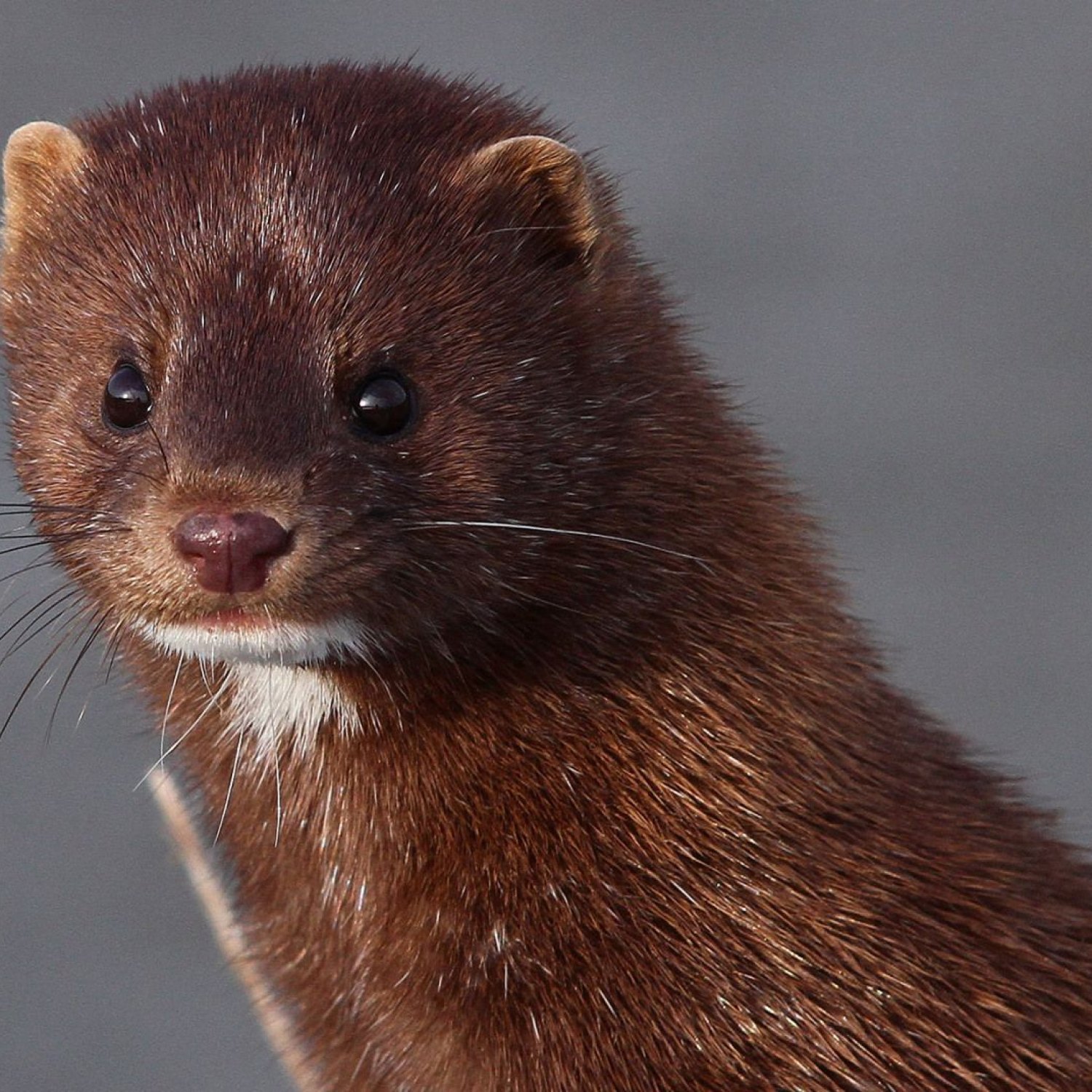
Mink
20 to 27 inches
Discover the fascinating world of minks, from their slender and elongated body shape to their luxurious fur coats. These intelligent animals can grow up to 20 to 27 inches in length and can be found in North America and Europe. Belonging to the Mustelidae family, they are skilled hunters and swimmers. Learn more about these beautiful creatures and their habitats today! #Mink #AnimalFacts #Nature
Animal Details Summary:
Common Name: Mink
Kingdom: Animalia
Habitat: Freshwater habitats, including rivers, lakes, and wetlands
River Ninja: A Closer Look at the Mink
When you think of ferocious predators, images of lions, tigers, and bears may come to mind. But there is one small yet mighty animal that often goes unnoticed – the mink. These elusive creatures have earned the nickname "river ninjas" for their stealthy hunting skills and ability to disappear into their watery habitats.Mink, formally known as Neovison vison, are members of the Mustelidae family, making them close relatives of weasels, otters, and badgers Mink. They are found in North America and Europe, with their country of origin being North America. Within these continents, they can be found in freshwater habitats such as rivers, lakes, and wetlands.
A Carnivorous Lifestyle
Mink are renowned for their carnivorous appetite, and they are powerful hunters despite their small size. Their diet mainly consists of small aquatic animals such as fish, frogs, and crustaceans. However, they are also known to hunt on land and will not hesitate to prey on birds, rodents, and even other minks.Their feeding method is quite distinctive, as they use their strong, sharp teeth and claws to catch and overpower their prey. And with their streamlined, slender bodies, they are incredibly agile and can swiftly navigate through the water to catch their meals.
Adaptations for Survival
The mink's body shape is specifically designed for their aquatic lifestyle. With their elongated, slender bodies and webbed feet, they can easily move through the water with great agility Masked Angelfish. They also have a thick, lustrous coat that is water-repellent, keeping them warm and dry even in the coldest of waters.Their dark brown to black fur helps them blend into their murky freshwater habitats, and their lighter-colored chin and throat aid in camouflage while hunting. But perhaps one of the most unique adaptations of the mink is their ability to close their ears and nostrils while underwater, enabling them to hunt without any hindrances.
Size and Distribution
Mink are relatively small animals, with an average length of 20 to 27 inches and a weight of 1.5 to 3.5 pounds. However, despite their size, they are fierce and territorial, defending their hunting grounds from other minks.As mentioned earlier, mink are found in North America and Europe, and they inhabit a wide geographic distribution within these continents. However, their numbers have dwindled in some areas due to habitat loss and overhunting for their luxurious fur, which is a popular material in the fashion industry.
The Mink's Role in the Ecosystem
Mink play a crucial role in the ecosystems they inhabit. As predators, they help control the population of their prey, preventing any overpopulation and subsequent ecological imbalances. They also act as indicators of freshwater health, as their presence or absence can indicate the quality of the water and its inhabitants.Moreover, the mink is a vital link in the food chain, providing a source of food for larger predators such as eagles, hawks, and larger mammals. Their burrowing activities also have a positive impact on the soil by aerating it and improving its nutrient content.
Threats and Conservation Efforts
Despite their importance in the ecosystem, mink face several threats that have caused their populations to decline. Habitat loss and fragmentation due to human development have significantly impacted their range and access to resources. In addition, pollution and disease outbreaks have also affected their survival.To address these issues, conservation efforts have been put in place to protect and preserve mink populations. In some areas, minks are actively reintroduced into their natural habitats, and efforts are made to reduce pollution and protect their freshwater habitats. Regulations and policies have also been implemented to manage mink trapping and trade, reducing the demand for their fur.
The Fascinating World of Mink
While the mink may not be as well-known as their larger and more famous relatives, they certainly hold their own in the animal kingdom. Their sleek, versatile adaptations and impressive hunting skills make them a force to be reckoned with in the wetland ecosystems they call home.As elusive and secretive animals, spotting a mink in the wild is a rare and special experience. But even if you can't catch a glimpse of these river ninjas, their presence and contributions to the environment are undeniable. So let's continue to appreciate and protect the wonders of the natural world, including the fascinating world of the mink.

Mink
Animal Details Mink - Scientific Name: Neovison vison
- Category: Animals M
- Scientific Name: Neovison vison
- Common Name: Mink
- Kingdom: Animalia
- Phylum: Chordata
- Class: Mammalia
- Order: Carnivora
- Family: Mustelidae
- Habitat: Freshwater habitats, including rivers, lakes, and wetlands
- Feeding Method: Carnivorous
- Geographical Distribution: North America and Europe
- Country of Origin: North America
- Location: North America, Europe
- Animal Coloration: Dark brown to black with a lighter-colored chin and throat
- Body Shape: Slender and elongated
- Length: 20 to 27 inches
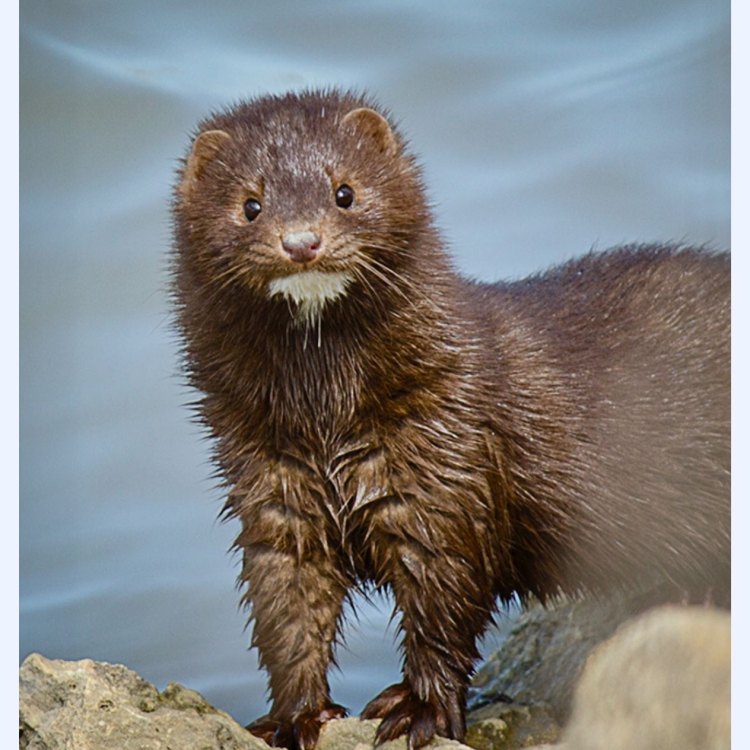
Mink
- Adult Size: 2 to 4 pounds
- Average Lifespan: 3 to 4 years in the wild
- Reproduction: Sexual
- Reproductive Behavior: Polygamous
- Sound or Call: Hissing, squealing, and chirping
- Migration Pattern: Non-migratory
- Social Groups: Solitary
- Behavior: Semi-aquatic, good swimmer, and adept hunter
- Threats: Habitat loss, pollution, trapping
- Conservation Status: Least Concern
- Impact on Ecosystem: Predator of fish, birds, and small mammals
- Human Use: Fur industry
- Distinctive Features: Sleek fur, long tail, webbed feet
- Interesting Facts: Minks are excellent swimmers and can stay submerged for several minutes. They are known for their playful behavior.
- Predator: Large birds of prey, foxes, and coyotes
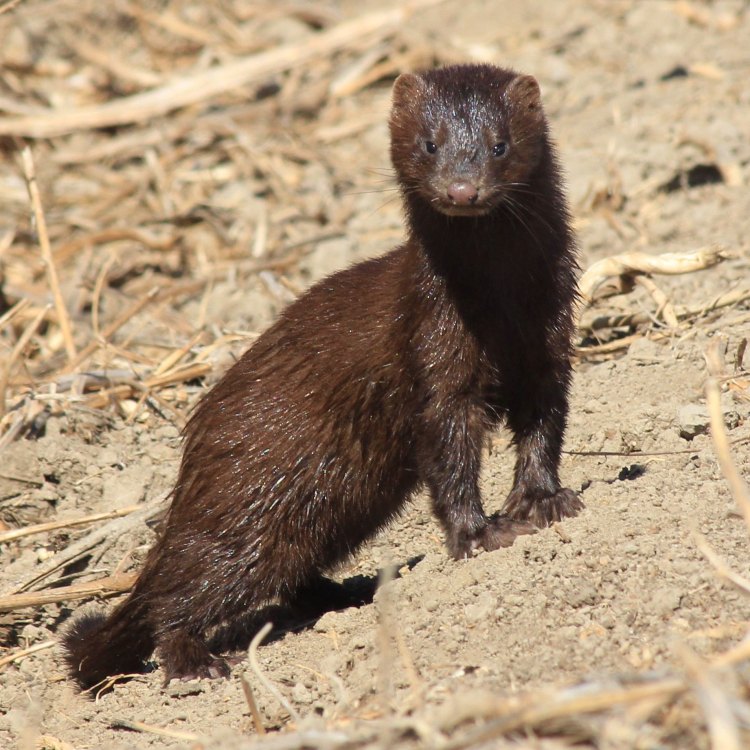
Neovison vison
The Mink: An Aquatic Hunter With Unique Characteristics
The mink, scientifically known as Neovison vison, is a small, semi-aquatic mammal famous for its luxurious fur and distinctive features. This elusive creature is found in the wilds of North America, Europe, and Asia, and has become a popular subject among wildlife enthusiasts and conservationists. From its curious behavior to its vital role in the ecosystem, the mink has many unique features that make it a fascinating animal worth learning about. In this article, we will dive into the world of the mink and explore its life, reproduction, behavior, threats, and its impact on the ecosystem PeaceOfAnimals.Com.Adult minks range in size from 2 to 4 pounds, making them one of the smaller members of the Mustelidae family. Despite their small size, they are fierce predators and are known for their dexterity, agility, and keen hunting skills. Their average lifespan in the wild is between 3 to 4 years, with some captive minks living up to 10 years. However, their survival in the wild is often cut short due to various threats, which we will discuss later in this article.
Minks are sexually reproductive animals, with males and females engaging in multiple mating partners. This polygamous behavior is common among many mammals, and it allows for the continuation of their species. Mating season for minks usually occurs between February and April, with females giving birth to an average litter size of 4 to 5 kits. The kits are born blind and helpless and are fully dependent on their mother for care and protection.
When it comes to vocalization, minks have a variety of sounds, including hissing, squealing, and chirping Miniature Bull Terrier. These sounds are used for communication between individuals, especially during the breeding season. However, minks are generally solitary animals and are not known for their social behavior. They prefer to live and hunt alone in their territories, which can extend up to 2-3 miles.
One of the most interesting facts about minks is their unique swimming ability. These creatures are adept swimmers and have webbed feet that make them extremely efficient in the water. They can stay submerged for several minutes, allowing them to hunt for food, such as fish, crayfish, and other aquatic creatures. Their semi-aquatic nature also means they are skilled at hunting on land, preying on small mammals and birds.
Minks have adapted to life in a variety of habitats, including lakes, rivers, streams, and marshes. They are known for their elusive and curious behavior, often seen playing and investigating their surroundings. This playful nature may seem surprising for such a skilled and efficient hunter, but it is a crucial part of their development and helps them learn important survival skills.
Unfortunately, the mink's survival as a species is under threat due to numerous factors. One of the most significant threats is habitat loss, primarily due to human activities such as urbanization and agriculture. Pollution is another concern, as pesticides and toxic chemicals can accumulate in their fur, leading to health issues and reproductive problems. Minks are also targeted by trappers for their valuable fur, which has significantly impacted their population in the wild.
Despite these threats, the mink's conservation status is currently listed as "least concern" on the International Union for Conservation of Nature (IUCN) Red List. However, this does not mean their population is healthy and stable. It simply means they are not in immediate danger of extinction. Conservation efforts, such as habitat protection and stricter regulations on fur trapping, are essential in ensuring the mink's survival.
The mink's role in the ecosystem is also crucial, and their presence has a significant impact on the balance of various animal populations. As a predator, they play a vital role in controlling the population of fish, birds, and small mammals. In turn, this helps maintain the health and diversity of their habitats. So, despite being seen as a threat by some, minks actually contribute to the overall health and balance of the ecosystem.
Humans have long been fascinated by the mink, particularly for their soft, sleek fur. The fur industry has been a significant source of income for many, but it has also been a source of controversy due to animal welfare concerns. The mink is one of the most commonly farmed animals for their fur, and these farms are often subject to criticism and protests from animal rights activists. However, the fur industry is still thriving, and mink farms are present in various countries, including the United States, Denmark, and China.
The mink's distinctive features, including their long tail and webbed feet, make them easily recognizable. However, their most striking feature is their luxurious fur, which comes in various colors, from dark brown and black to white and silver. This fur has made them a target for hunters and has put significant pressure on their population in the wild, leading to their inclusion on many endangered species lists.
Minks also have natural predators, including large birds of prey, foxes, and coyotes. Due to their small size and elusive nature, they are more vulnerable to these predators, making them constantly on the lookout for danger. In some areas, humans have also been known to hunt minks for sport, causing further harm to their population.
In conclusion, the mink is a unique and fascinating creature with many distinctive features and behaviors. From their playful nature to their efficient hunting skills and vital role in the ecosystem, this semi-aquatic mammal has captured the attention and curiosity of many. Despite facing numerous threats, efforts to conserve and protect them are ongoing, and it is crucial to raise awareness about this elusive and essential species. So, next time you spot a sleek and mischievous-looking creature near a river or lake, you'll know it's a mink and can appreciate all the unique features and characteristics it possesses.
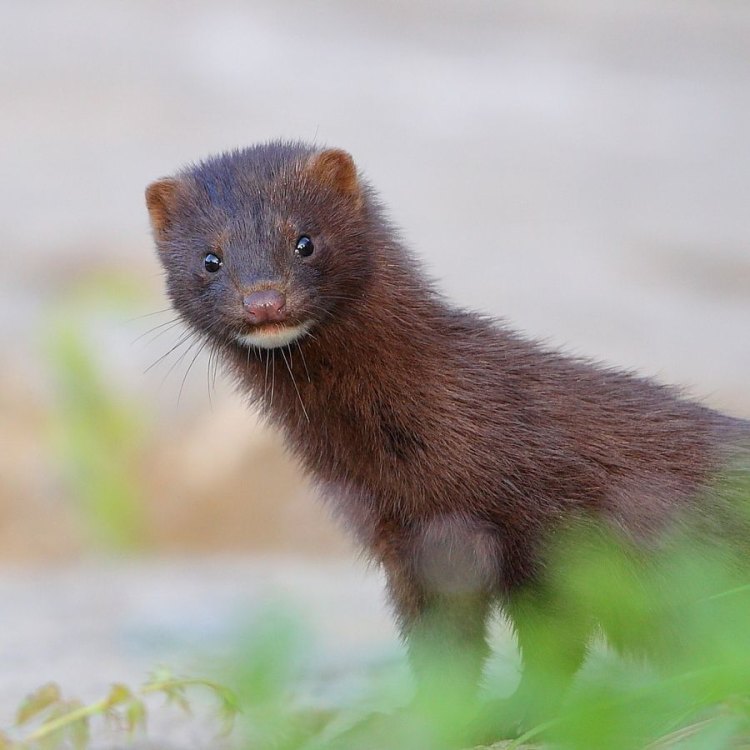
River Ninja: A Closer Look at the Mink
Disclaimer: The content provided is for informational purposes only. We cannot guarantee the accuracy of the information on this page 100%. All information provided here may change without prior notice.

